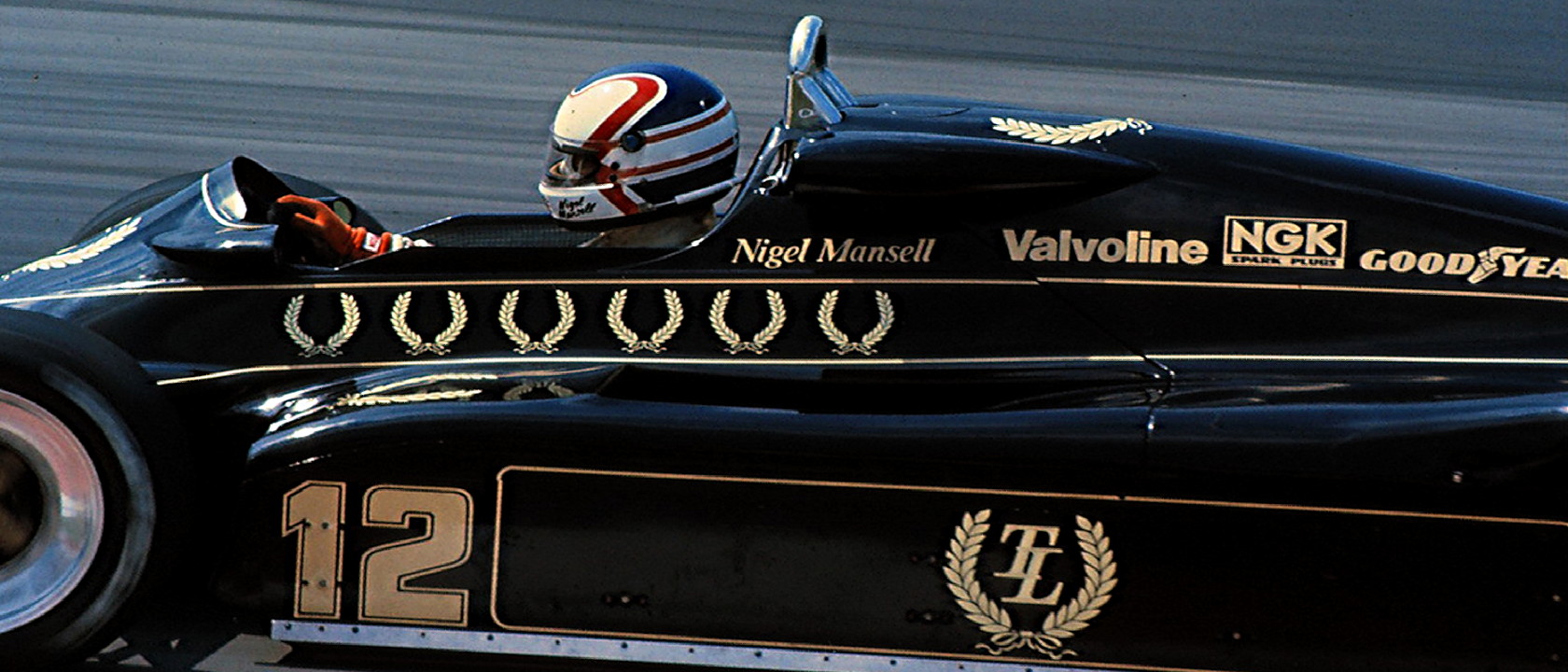Changes to the 2013 sporting and technical regulations for Formula One are minor but important. They include:
- Weight: Due to changes in their structure, Pirelli’s 2013 tyres are around 2kg heavier per set than in 2012, hence the car’s minimum weight limit has been increased by the same amount, from 640 to 642kg. As a consequence, the weight-distribution requirement has also been revised to minimum figures of 292kg:343kg front to rear, leaving teams 7kg to play with.
- Stepped Noses: To mask the step in the car’s nose (thought unattractive by many), teams are now allowed to place a non-structural ‘vanity panel’ over this area, the shape of which is strictly controlled by the regulations.
- Front Wing Tests: To prevent them flexing, front wings now face a tougher deflection test, with a 1,000N (100kg) load applied at two different points on both the longitudinal and transverse axes. The amount the wing may deflect has been reduced from 20mm to 10mm.
- Load & Crash Tests: More severe load tests for the roll structure have been introduced and the crash test requirements modified.
- Survival Cell: The side load test for the survival cell is more severe too, and it must be applied to all chassis produced by a team, rather than to a single example.
- DRS: Active “double DRS” systems – where the DRS activation mechanism is utilized for other purposes – are no longer allowed (only passive solutions are now considered legal). Also, DRS usage is now limited to the DRS zones in all sessions; previously it could be used anywhere during free practice and qualifying.
F1 2013 Technical Regulation Changes | YouTube.


